Security systems today are more than just alarms and surveillance cameras. With the rise of IoT, they have evolved into intelligent, real-time monitoring solutions. At the center of all this is the Central Monitoring Station (CMS)—the backbone that ensures everything runs smoothly. If you are wondering what CMS is, here is a short blog explaining it. Whether it’s an emergency, a system alert, or just a routine update, CMS is responsible for handling all communications between security devices, users, and response teams.
To make this work effectively, CMS needs a robust Multimedia Communication Service (MCS) that integrates voice, SMS, chat, and other communication channels. Here are the 8 must-have communication features that every modern security system should implement:
1. Call Notifications with Dynamic Routing and Caller ID
When an emergency occurs, every second counts. CMS must ensure that calls are properly identified and instantly routed to the right person. Dynamic call routing eliminates long wait times and ensures that alerts reach the correct security personnel or users immediately.
To enhance trust and ensure calls are answered, Caller ID injection plays a crucial role. It allows CMS to display a recognizable number or name when making outbound calls, ensuring that end users do not mistake critical alerts for spam.
For example, if an intrusion is detected at a property, the system can automatically connect the call to the assigned security officer, bypassing unnecessary IVR menus or queues, while also displaying a verified caller ID to increase the likelihood of the call being answered.

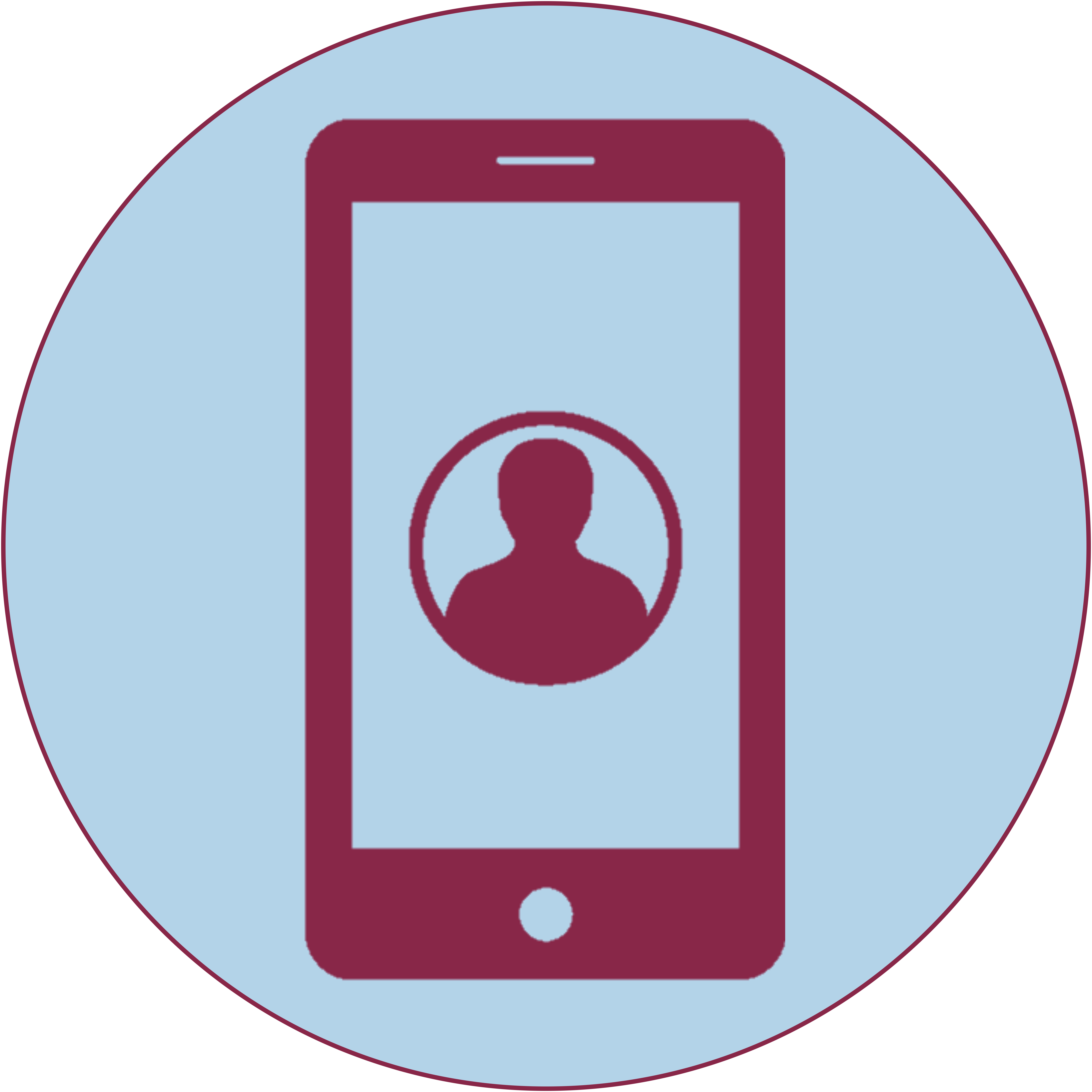
2. SMS Alerts & Two-Way Communication
Text messages remain a reliable, fast, and effective way to communicate critical alerts. CMS must be able to send instant SMS notifications about:
- Security alerts and alarms
- Device health status
- System arming/disarming
Two-way SMS takes this further by allowing users to respond to alerts in real time. Imagine receiving this message:
"Front door unlocked at 3:00 AM. Reply YES to confirm or NO to report unauthorized access."
This feature ensures that users stay in control, regardless of their location.


3. IVR for Smart Emergency Response
For less critical alerts, an Interactive Voice Response (IVR) system can handle automated responses before escalating issues to human operators.
For instance, if smoke is detected at a location, the system can initiate a call with a simple menu:
"Fire alarm triggered. Press 1 to confirm, 2 to dispatch emergency services."
This allows CMS to filter out false alarms and prioritize critical situations.
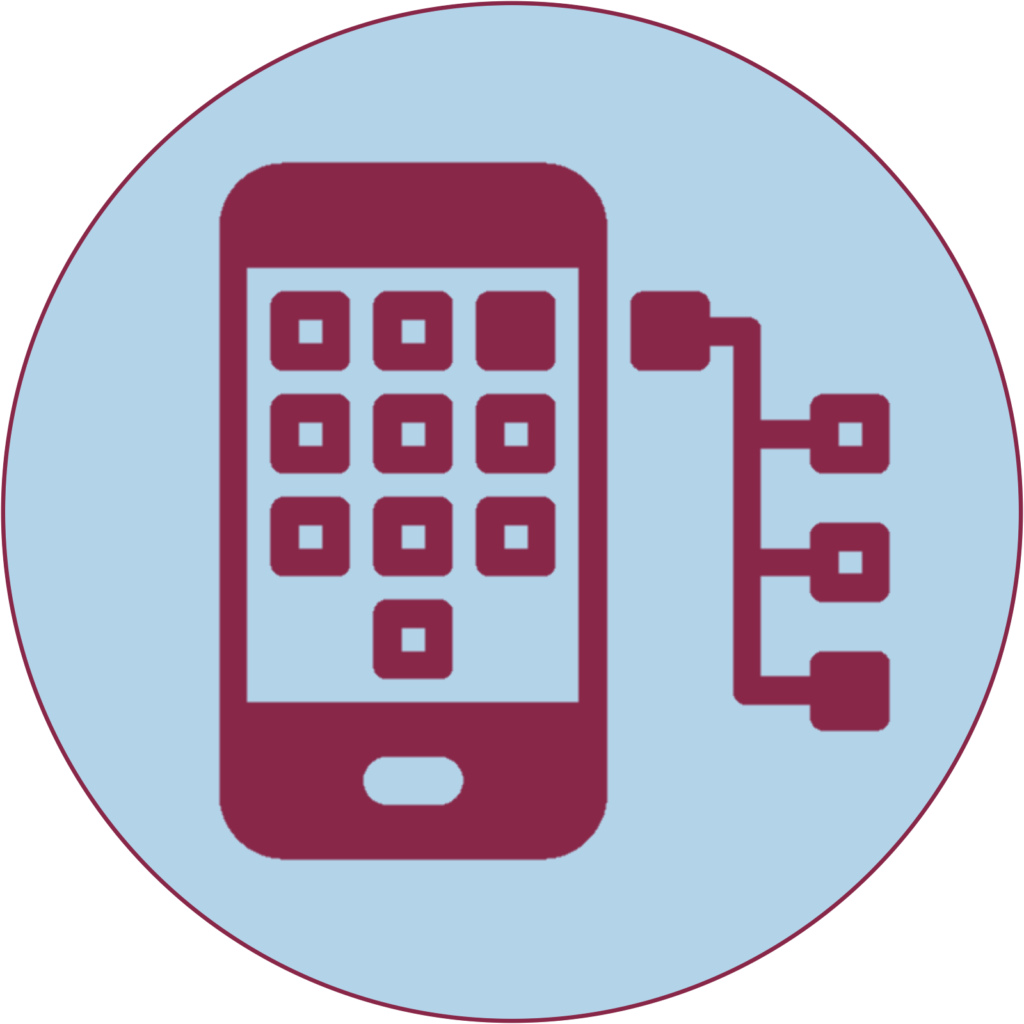
4. Chat Integration & RCS for Instant Alerts
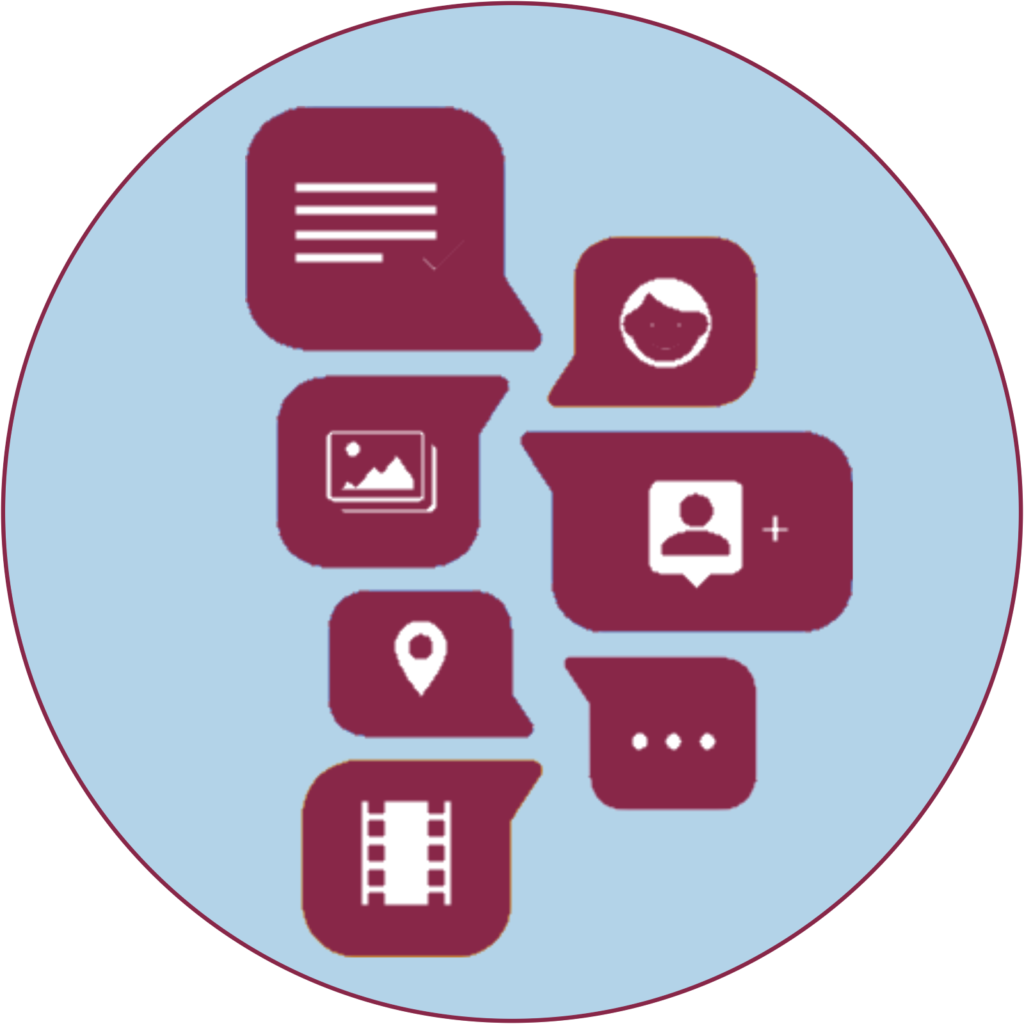
A modern security system should not rely solely on SMS. Chat services need to be part of the security ecosystem, especially in mobile apps. A dedicated chat module within the security app allows users to communicate instantly with security teams, share updates, and even manage group alerts allowing group discussions during security incidents.
RCS (Rich Communication Services) further improves this by enabling multimedia sharing—security teams can receive images, live video feeds, and GPS locations instead of just plain text. This significantly improves response times and decision-making.
5. WhatsApp Security Notifications & Emergency Groups
Let’s be honest—WhatsApp is a part of our daily lives. With over 2 billion users worldwide, WhatsApp is an essential communication tool. Integrating WhatsApp into security systems allows for:
- Instant security alerts with live location sharing
- Emergency contact groups for quick response coordination
- Direct messaging to CMS for quick assistance
During a medical emergency, CMS can notify designated contacts via WhatsApp:

"Emergency Alert! Your family member activated the emergency button. Live location: [Google Maps Link]"
This ensures that help reaches faster and reduces response time.
6. VoIP & PBX for Smart Call Management
Security monitoring centers handle a high volume of calls, making VoIP (Voice over Internet Protocol) a must-have for cost-effective, high-quality communication. To enhance flexibility and user accessibility, VoIP modules should also support seamless integration with third-party platforms like Skype, ensuring smooth communication across different channels.
PBX (Private Branch Exchange) ensures that incoming calls are automatically routed to the correct operator without the user having to explain their issue from scratch every time. If a customer calls CMS about an alarm, PBX can identify the caller’s number and connect them to the right security officer. Though some of these functions overlap with dynamic call routing, having a well-structured VoIP-PBX setup ensures that security communication remains smooth and professional.
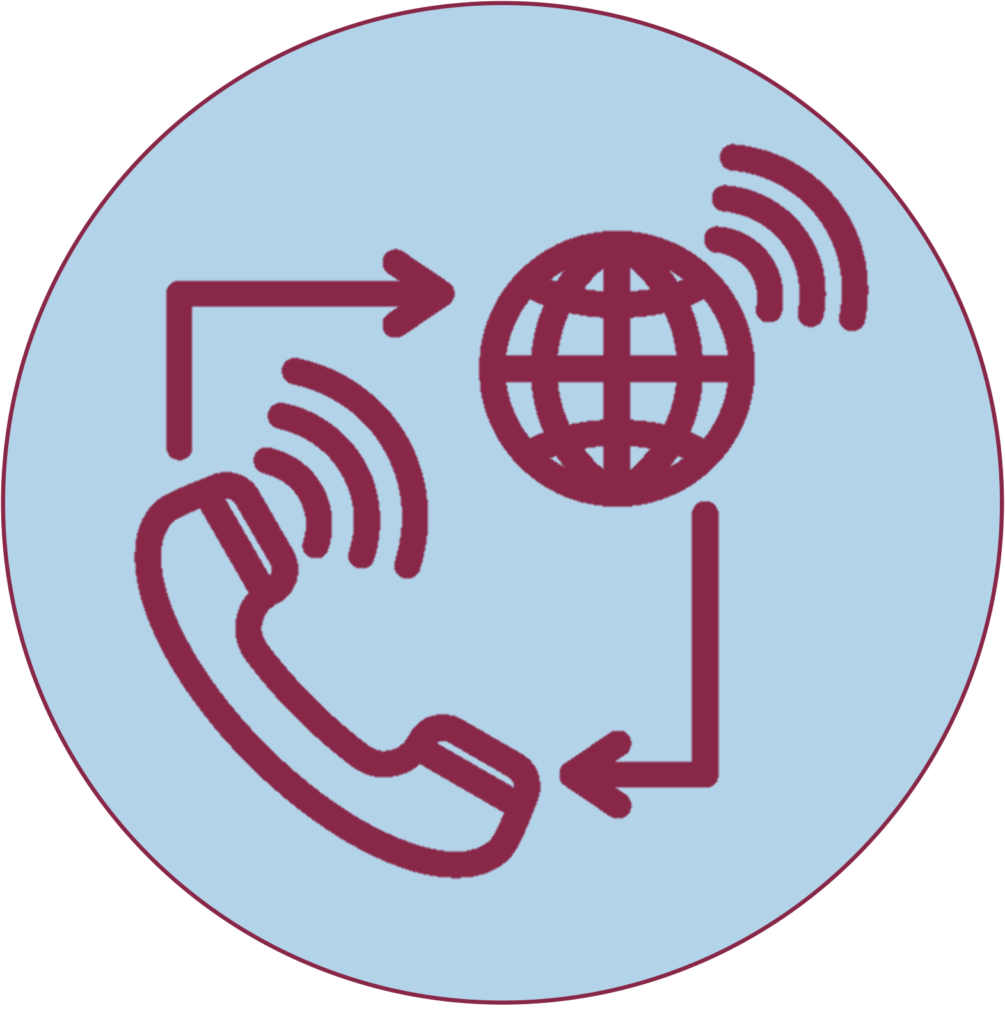
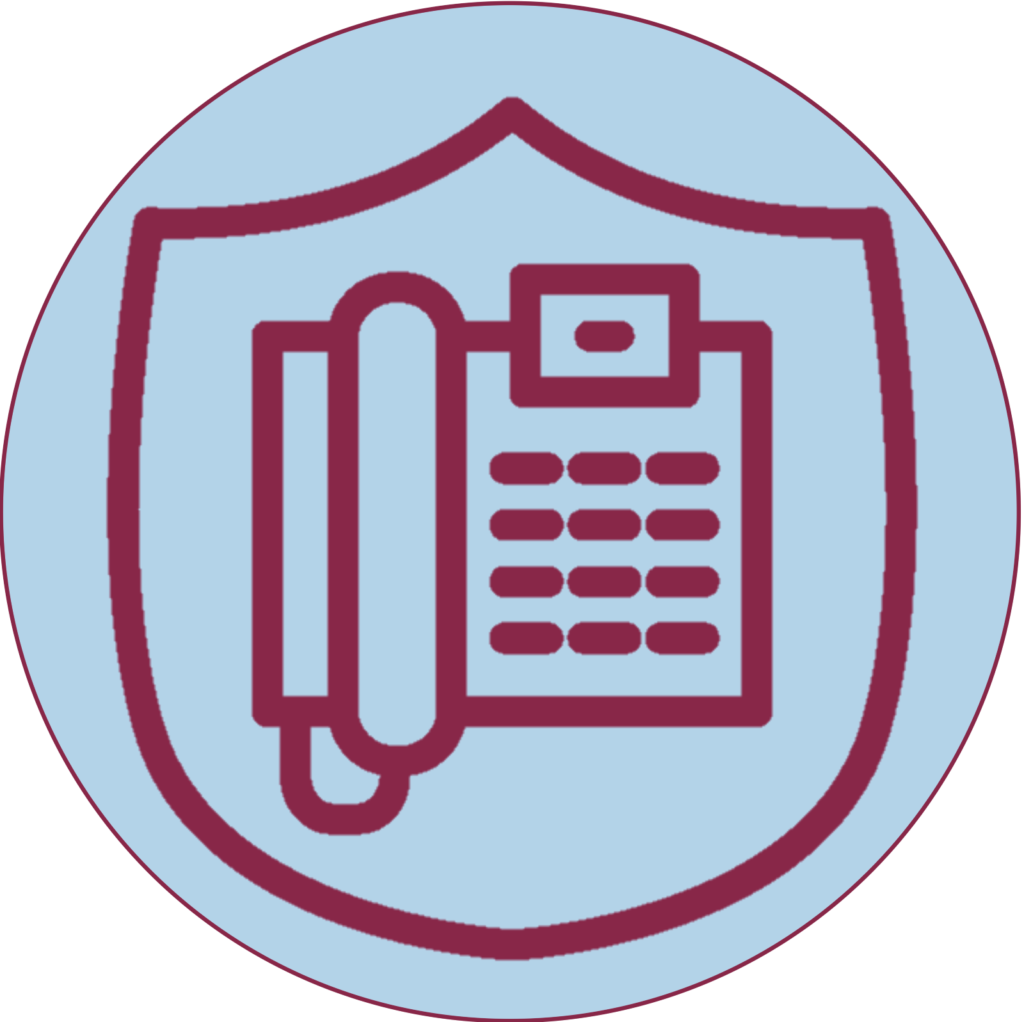
7. Scalable CPaaS Integration for Future-Proof Security
All of these features come together through Communications Platform as a Service (CPaaS). CPaaS enables CMS to integrate multiple communication channels seamlessly without the need for expensive infrastructure upgrades.
With CPaaS, security systems gain:
- Scalability – Expand easily as new devices and users are added
- Cost Savings – Avoid high costs of maintaining separate communication systems
- Reliability – Ensure critical alerts are always delivered

Here are some of the third-party CPaaS providers from Gartner.
Pro Tip: The Mobile App That Brings It All Together
While the MCS powers the backbone of communication, a dedicated mobile app brings everything together, offering a seamless interface for end-users, response teams, and technicians. Here’s how it enhances security operations by unifying the must-have MCS features:
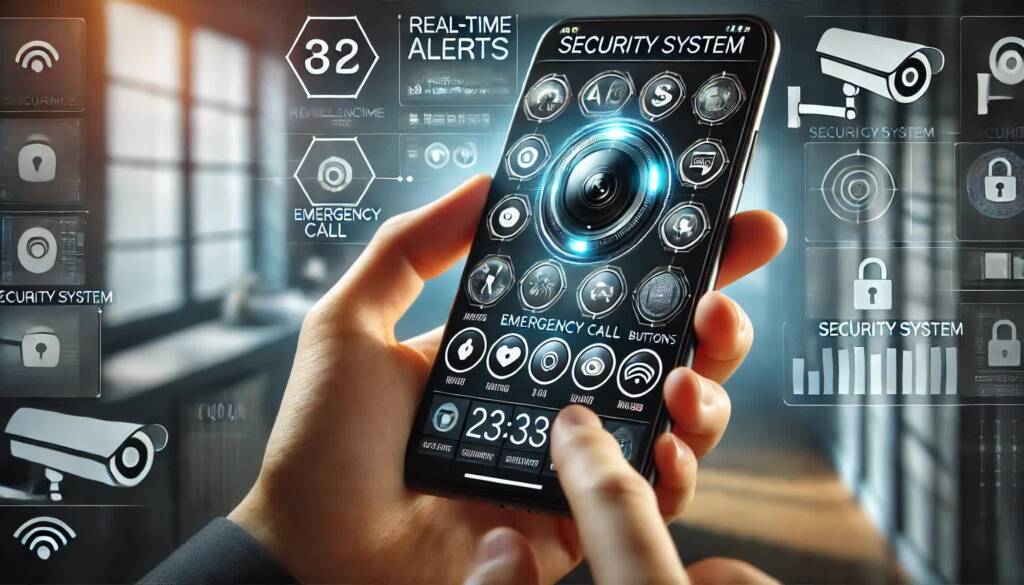
For End-Users: Control at Their Fingertips
- Instant Alerts & Status Updates – Receives SMS notifications, WhatsApp alerts, and push notifications about alarms, arming/disarming status, and device health.
- Emergency Communication – Accesses direct calling, chat, and RCS to report incidents, share live images, and get quick responses from CMS.
- Live Monitoring & Quick Actions – Uses 24/7 video surveillance, GPS tracking for emergency responders, and emergency buttons for instant alerts.
For Response Teams: Smarter & Faster Coordination
- Efficient Dispatching – GPS-based assignments ensure the nearest responder reaches the scene immediately.
- Real-Time Incident Handling – Call notifications, dynamic routing, and VoIP ensure smooth communication with users and CMS.
- Detailed Event Logging – Incident reporting with auto-logging and comments improves future analysis and response strategies.
For Technicians & Service Personnel: Streamlined Operations
- Automated Workflows – Automated work assignments triggered by device health keep security systems running without manual intervention.
- Issue Management on the Go – Receive and resolve tickets with problem details, location data, and inventory tracking—all within the app.
By integrating these MCS-powered features into a single, easy-to-use platform, the mobile app ensures that security communication is always instant, efficient, and accessible anytime, anywhere.
The Future of Security Lies in Smart Communication
A Central Monitoring Station is only as strong as its communication backbone. By integrating these 8 must-have multimedia communication features, security systems become faster, more reliable, and truly proactive in protecting users.
With the right CPaaS-powered MCS, security is no longer just about reacting to threats—it’s about staying ahead of them.

